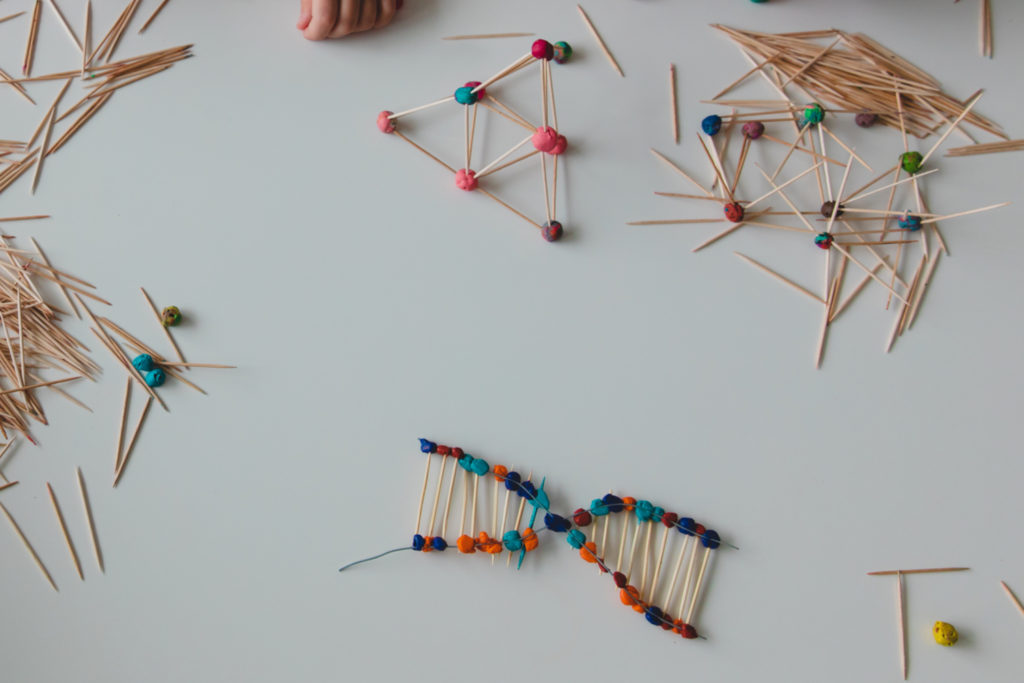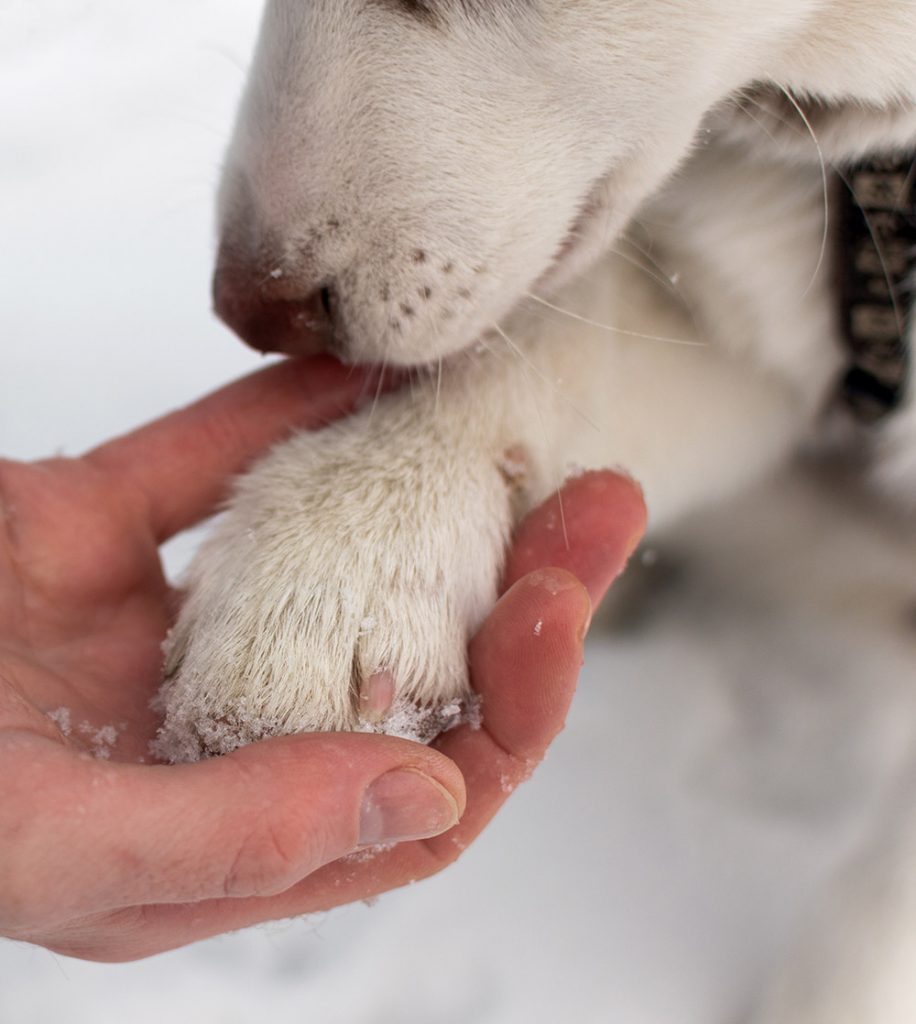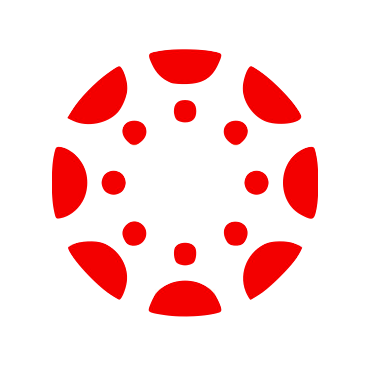Guide 3 Development
Products
Quiz and Journal Pages
Review Guide 3 Contents
Guide 3 Development Objectives
This guide’s quiz has four questions; one matching each objective.
Chromosomes & DNA
Explain what a chromosome is, where it is located in a cell, and how it is structured; model the structure of the DNA macromolecule; and describe how the structure of DNA relates to cellular function.
Life Cycles
Compare and contrast mitosis and meiosis, including the role of DNA replication, where these processes occur in an organism, and why the processes are significant; outline the life cycles of various species, indicating when mitosis and meiosis occur; and provide the characteristics of amphibians, including physical traits, life cycles, representative species, and typical habitats.
Genes & Development
Outline the steps that occur after fertilization, including how DNA directs development and factors that can impact this process; provide characteristics of reptilian species, including their evolutionary origins, shared structures, and modern descendants; and diagram the general structure of eggs, explaining their evolutionary significance and relationship to humans.
Pedigrees
Describe the basic tenants of animal care, including addressing limited resources and continual threats; provide examples of parental care in animals, including minimal intervention to long-term support; diagram the pedigrees for various animal crosses, including genotypes and phenotypes of parents and offspring.
Guide 3 Development Quiz
Guide 3 Journal Assignment #5
Introduced in the Chromosomes & DNA section of this guide:
Journal Page #5: DNA Model
For this assignment you are creating your own model of DNA. Your model can be two-dimensional like a sketch, three-dimensional like a sculpture (we’ve seen them in snow, jello, and even collaged leaves), or multi-media like a video. The key is to represent DNA in an original way.
Think like a teacher for this one. Imagine you are teaching about DNA and consider how you can simplify the concept into an interesting form. A model does not need to be elaborate to be effective; there are examples of everyday materials you can use on the resources page.

What you are turning in:
-
Your created model of DNA. The model can be a labeled sketch, photo, video, audio, or thorough written description.
-
Include a brief description of your DNA model, including why you chose this way to represent the DNA macromolecule. This can be part of what you upload, or a note in the comment box.
Guide 3 Journal Assignment #6
Introduced in the Pedigrees section of this guide:
Journal Page #6: Animal Care Plan
Select an animal you would potentially take care of over an extended period of time. This could be livestock, a companion animal, a wild population you are assisting, or a wild animal that is being rehabilitated.
Develop a long-term care plan for the animal, it can be in bulleted checklist or paragraph form.
Include in your plan:
-
How you will address potentially limited resources like food, water, and housing.
-
How you will address continued threats like diseases or potential predators (if any).
-
Whether care will need to be adjusted for different life stages, for example, an aging animal.
-
How you will stay consistent with care over time as your life changes.





